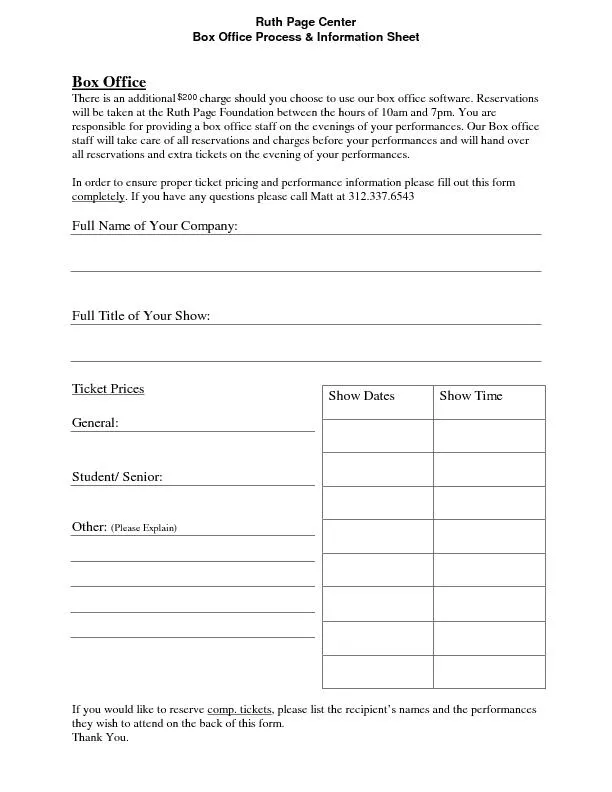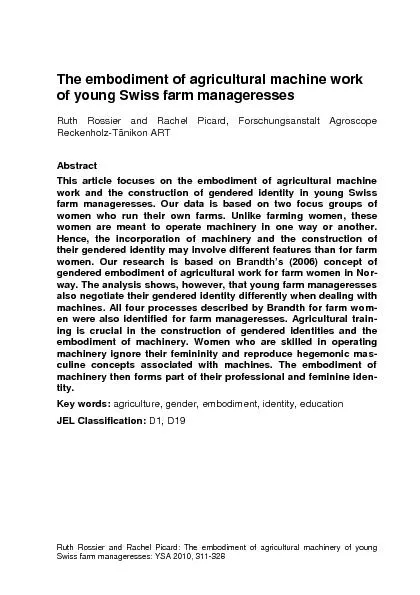PDF-Ruth Rossier
Author : trish-goza | Published Date : 2016-06-24
and Rachel Picard The embodiment of agricultural machinery of young Swiss farm manageresses YSA 2010 311 328 The embodiment of agricultural machine work of young
Presentation Embed Code
Download Presentation
Download Presentation The PPT/PDF document "Ruth Rossier" is the property of its rightful owner. Permission is granted to download and print the materials on this website for personal, non-commercial use only, and to display it on your personal computer provided you do not modify the materials and that you retain all copyright notices contained in the materials. By downloading content from our website, you accept the terms of this agreement.
Ruth Rossier: Transcript
Download Rules Of Document
"Ruth Rossier"The content belongs to its owner. You may download and print it for personal use, without modification, and keep all copyright notices. By downloading, you agree to these terms.
Related Documents














